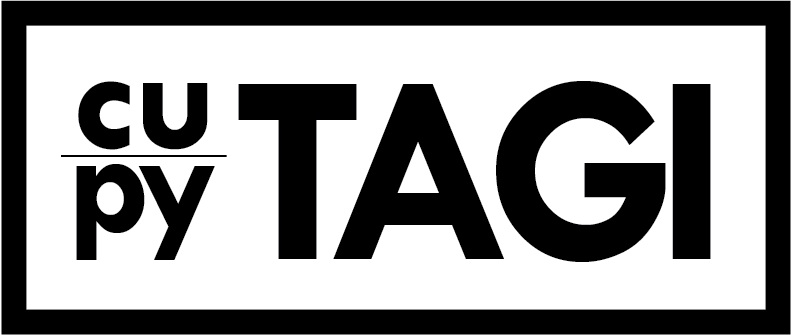Research Axes
Bayesian
Neural Networks

Ph.D. | 2025 - 2029
Summary: This
research axis aims at developing analytically tractable Bayesian neural networks in order to enable complex task such as uncertainty quantification, online learning and continual learning at scale.
Keywords: TAGI; Bayesian; Neural Nerworks; Analytical Inference
Funding & Industrial Partners:
National Council of Research of Canada (NSERC)
Hydro-Quebec
Quebec Transportation Ministry (MTQ)
Infrastructure Degradation Modeling & Intervention Planning


Ph.D. | 2023 - 2027
Zachary Hamida (D)
Research ass. 2023 -
Postdoc | 2021 - 2023
Ph.D. | 2017 - 2021
Ali Fakhri (D)
M.Sc. | 2021 - 2023
Blanche Laurent (D)
M.Sc. | 2020 - 2022
Summary: This
research axis aims at developing probabilistic models capable of
forecasting
the degradation of bridge structures along with planning tools for supporting decision making. This research
builds upon the information
contained in
safety inspection reports from a population of structures.
Keywords: State-Space
Models; Network Analysis; Decision Making;
Reinforcement Learning; Bridge Degradation; Visual Inspections; TAGI
Funding & Industrial Partners:
Quebec Transportation Ministry (MTQ)
Time series anomaly detection for Structural Health Monitoring
(TSAD-SHM)


Zhanwen Xin
Ph.D. | 2022 - 2026
David Wardan
Ph.D. | 2024 - 2028
Michel Wu
M.Sc. | 2025 - 2026
Van-Dai Vuong (D)
Research ass. 2024 -
Ph.D. | 2019 - 2023
Bhargob Deka (D)
Postdoc | 2023 - 2024
Ph.D. | 2018 - 2022
Shervin Khazaeli (D)
Ph.D. | 2018 - 2023
Luong
Ha Nguyen (D)
Research ass. 2021 -
Postdoc | 2019 - 2021
Ph.D. | 2017 - 2019
M.Sc. | 2015 - 2016
Ianis Gaudot (D)
Postdoc | 2017 - 2019
Catherine Paquin (D)
M.ing. | 2016 - 2018
Simon Brousseau (D)
M.ing. | 2017 - 2018
Summary:
This research axis aims at developing new probabilistic methods for
interpreting in real-time the data recorded on structures. The goal of
data interpretation is to detect anomalies in the behaviour of
structures in order to trigger preventive actions such as visual
inspections and maintenance.
Keywords:
Bayesian Dynamic Linear Models;
State-Space Models; Continual Learning; Decision Making; Reinforcement
Learning; Bayesian Neural Networks; Multivariate Time-Series; Structural Health Monitoring; Preventive Maintenance; TAGI
Funding & Industrial Partners:
Hydro-Quebec/IREQ/NSERC
MTQ
PJCCI
Material Behavior modeling


M.Sc. | 2015 - 2017
Keywords: Gaussian Process Regression; Heteroscedasticity; Bayesian Methods; Fiber Reinforced Concrete (UHPFRC)
Soil Contamination Caracterization

M.ing. | 2015 - 2016
Summary: This research axis aims at developing an artificial intelligence capable of assisting engineers during the characterization of contaminated sites. The goal is to enable the selection of an optimal soil sampling sequence and locations in order to minimize site characterization costs.
Keywords: Artificial Intelligence; Pre-Posterior Analyses; Gaussian Process Regression; Optimization; Soil Contamination
Industrial Partner: WSP | Parsons Brinckerhoff